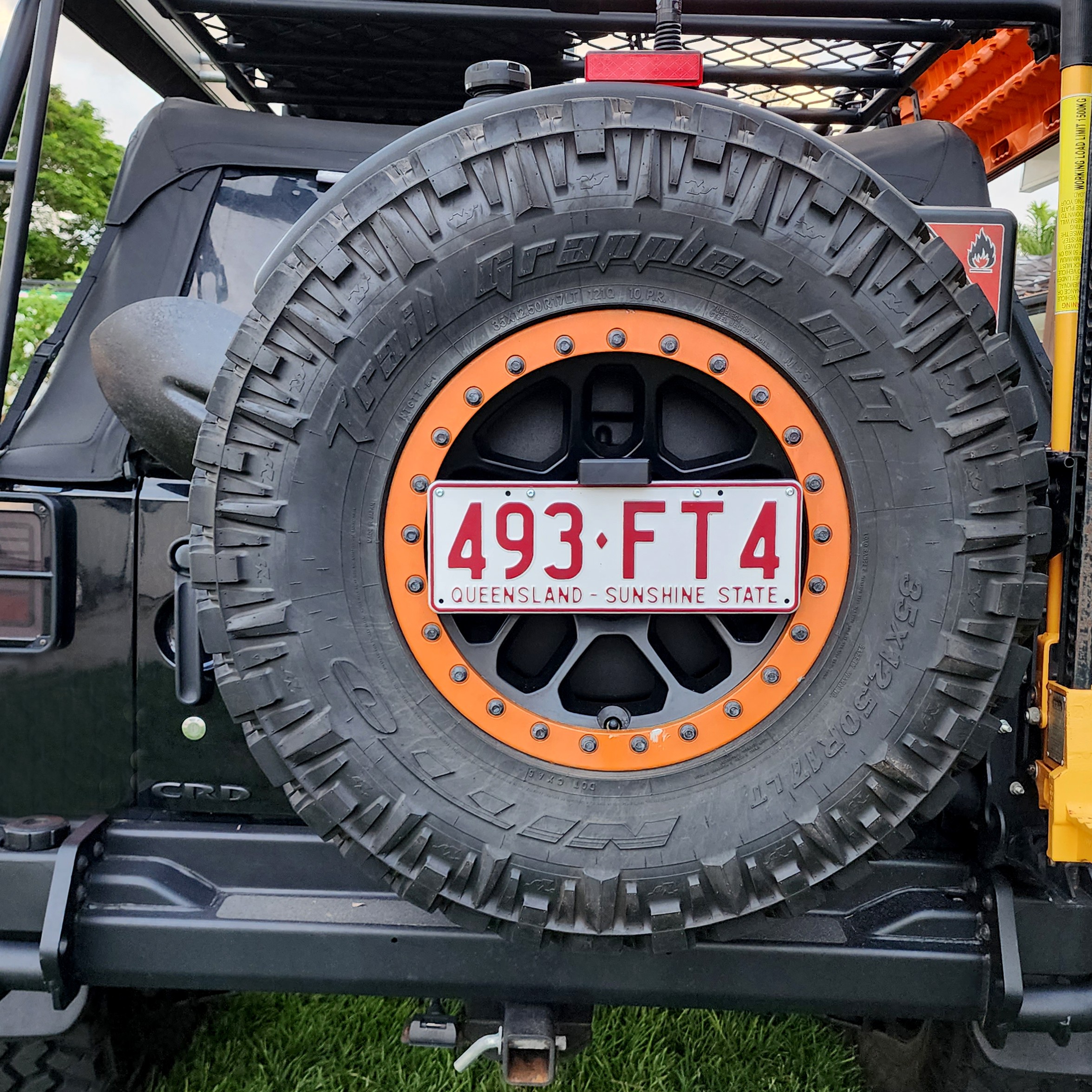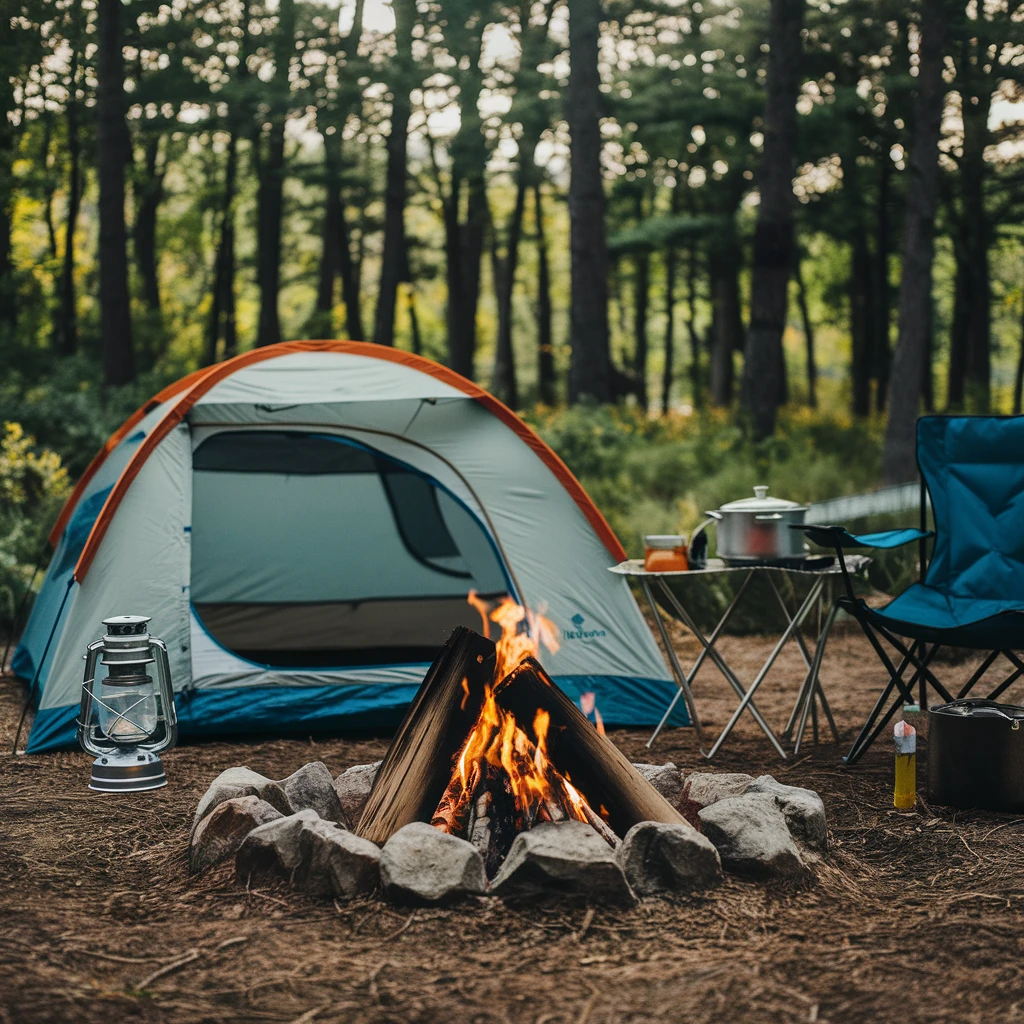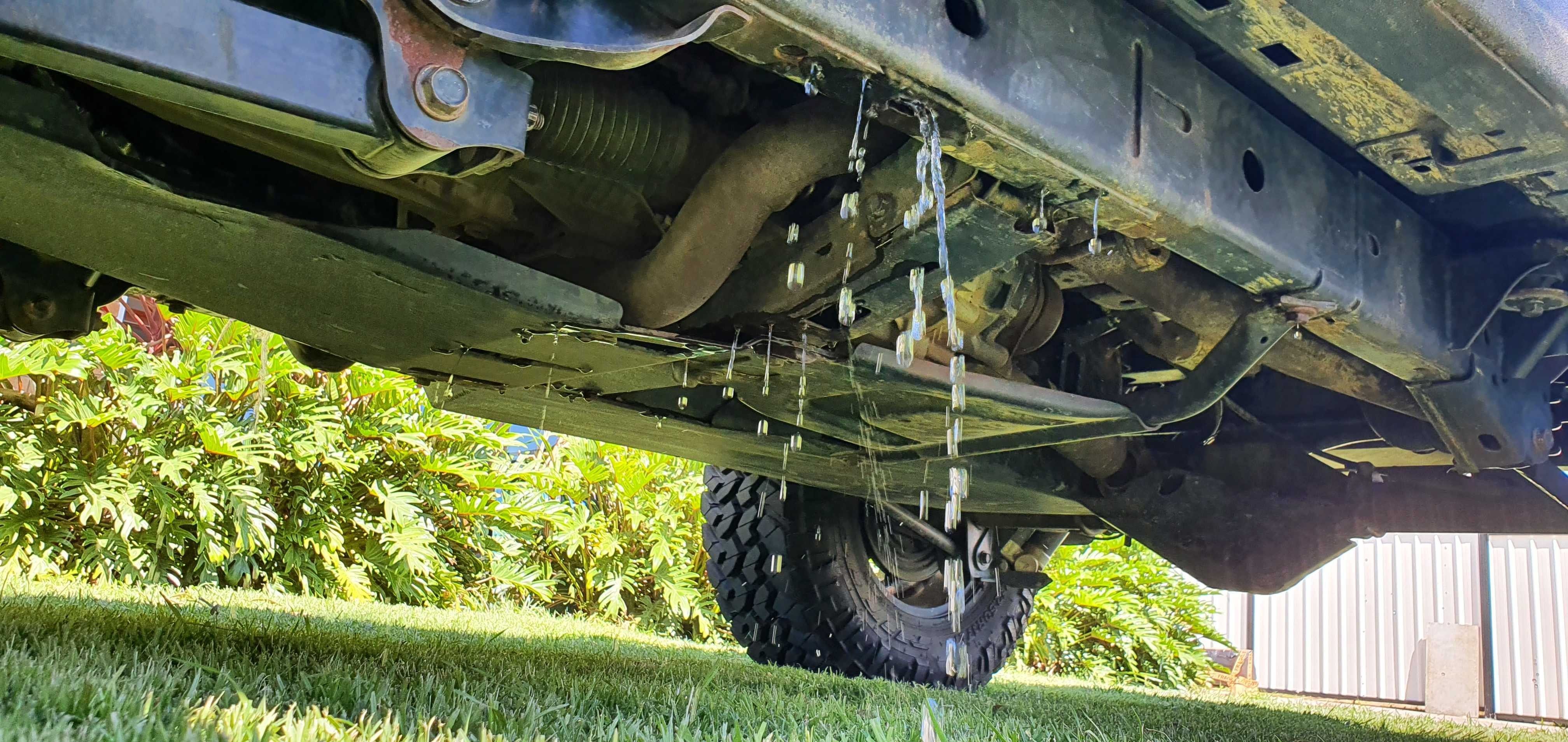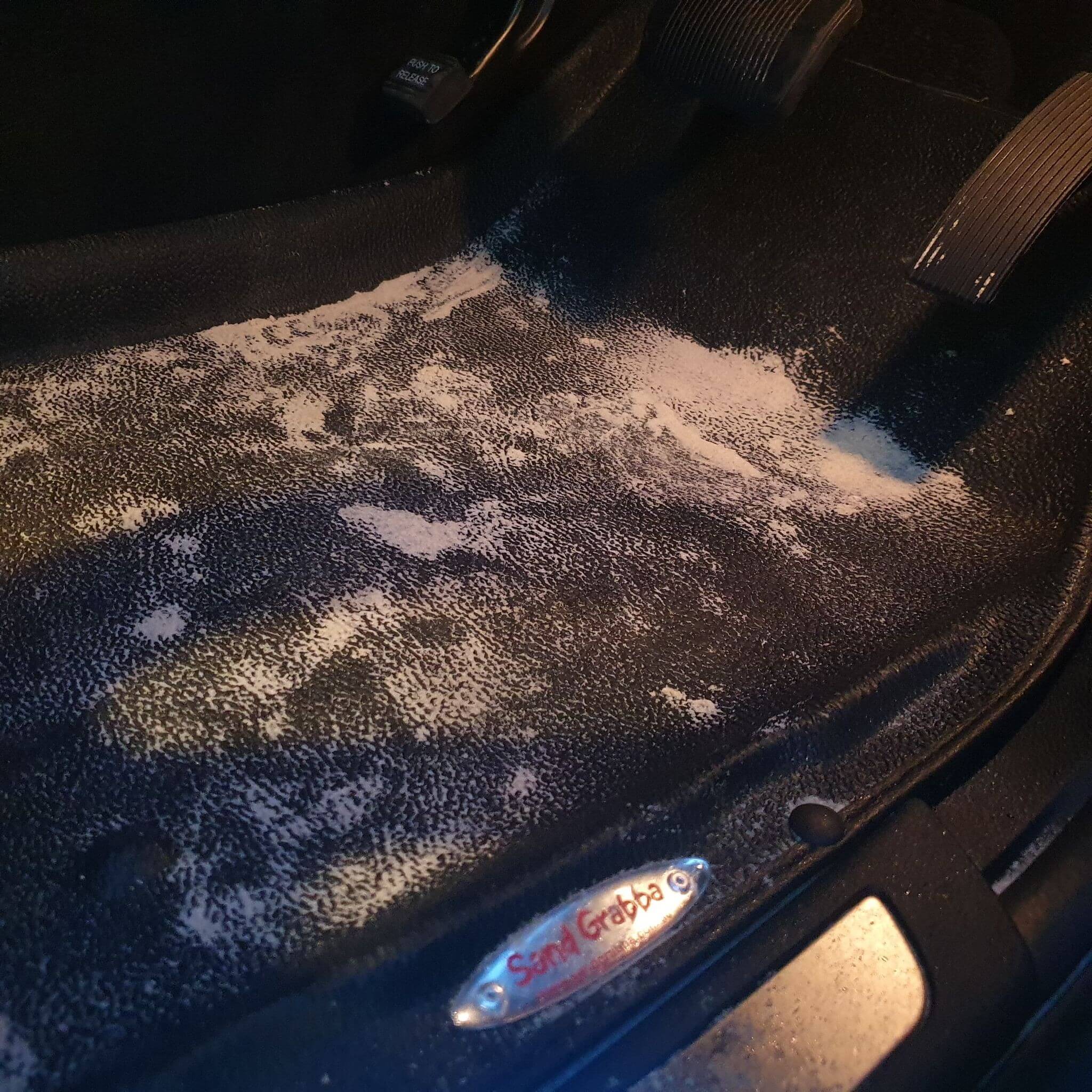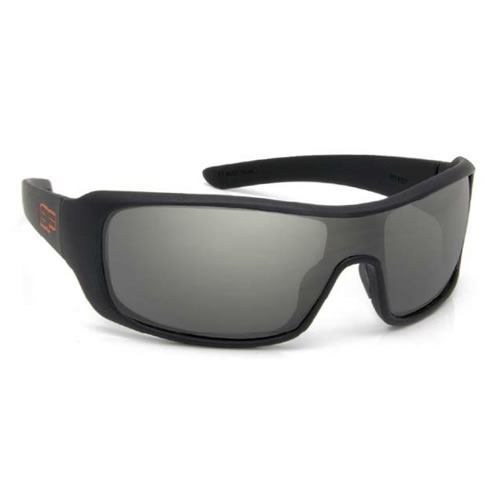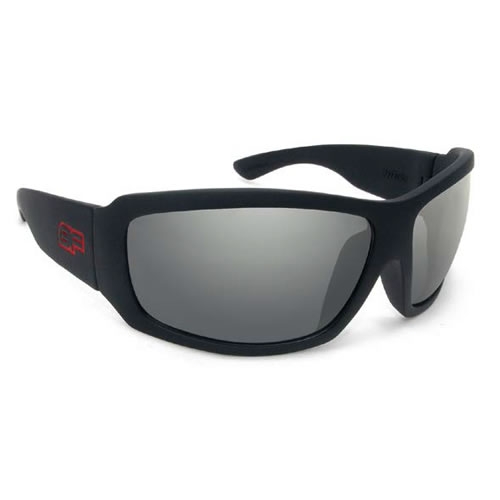Common Reasons For Breaking Down While Offroad
As off road drivers we’re all pretty proud of how rugged and dependable our vehicles are, but the chances are most of us also have a few stories about how they broke down. The fact is it happens. You can’t expect complicated machinery to crash around over rough terrain and never, ever have a problem. Spend enough time out in the bush and eventually you’re going to find yourself standing beside an immobilised wagon, scratching your head and wondering what broke.
Let’s get the most common cause of breakdowns out of the way first – not keeping your vehicle serviced. Engines and running gear need regular care and attention or things are going to start going wrong. That can be an expensive annoyance if you break down on the way back from the shop; in the Outback it’s dangerous. If you go off road stay on top of servicing and routine maintenance, and check fluids, belts and other basics before each trip.
On the other hand sometimes no amount of servicing is going to help. Off road touring in Australia puts you up against some of the world’s toughest landscapes, and every so often the landscape’s going to win. Here are some of the things that commonly go wrong:
-
Punctures. These are a lot less common with modern tyres, but they can still happen. Nails, glass, rock splinters and even thorn branches can still get through the toughest modern radials, and if that happens you’re not going anywhere until it’s fixed. The quickest option is to fit a spare. This is where you’ll be grateful for a decent jack, and also for making sure your wheelnuts are correctly tightened and not just rammed on as hard as a pneumatic gun can manage. If you do have to change a tyre, when you camp that night fix the punctured one with a repair kit and reinflate it. You might need it next day.
-
Underside damage. Rocks, stumps and hard ground can do some serious damage to the underside of your vehicle. If you spend a lot of time off road you really need a good set of bash plates – there’s not a lot you can do if your sump gets ripped off in the middle of nowhere. If you manage to break the tailshaft try pulling it out, locking the back hubs and limping home as a front wheel drive.
-
Radiators. Anything that involves water under pressure is a weak point, because it’s going to do its best to escape. If your coolant escapes you’re not going anywhere, so you need to be ready to fix it. As soon as engine temperature starts rising stop, and check for leaks or loose hoses. Check our overheating article for what you need to know about cooling problems, and make sure you have spare hoses, jubilee clips and sealant in your repair kit.
-
Electrics. Modern vehicles have a lot of these, and there’s plenty in there you can’t fix without a diagnostic computer. Mostly when something goes wrong on a trip it’s a fuse, though. Always carry spares, and throw a multimeter in the repair kit too – that gives you a good chance of working out what’s blown. If you’re out of spare fuses try swapping the blown one for one cannibalised from something non-essential, at least until you can get to a workshop.
There are some breakdowns you can’t fix on your own, and that’s going to mean calling for recovery – or, in the worst case, calling for rescue. Some ingenuity, the right tools and a good knowledge of how your vehicle works will solve a lot of problems though, and at least get you back to civilisation. If you have a dual battery setup you can use a charged auxiliary to jump a flat main; you can use the two batteries and a set of cables to improvise a welding set (put some rods in the spares kit). If you know some basic mechanics you can deal with most of the issues you’re likely to run across, so your next breakdown story can have a happy ending.

